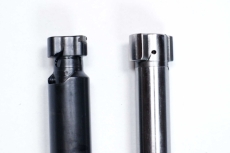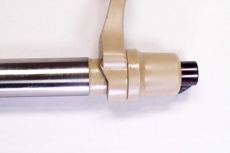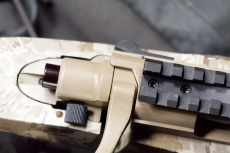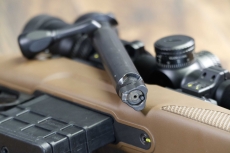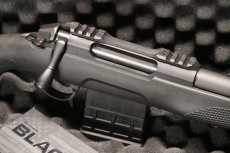Gun pills: primary extraction
Primary extraction is an often disregarded but critical phase in how a bolt action rifle works, as it impacts reliability, smoothness and speed of the action.
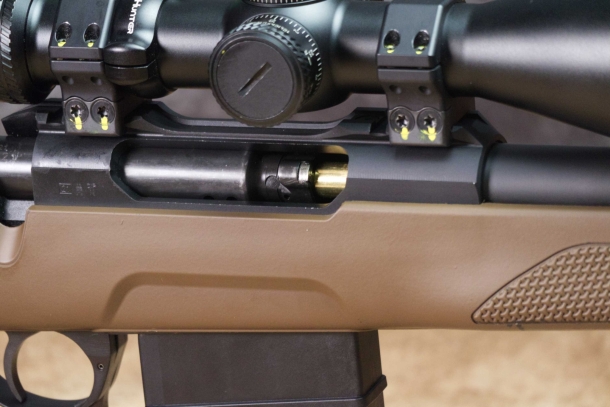
Primary extraction is a sub-part of the extraction phase of a bolt action rifle cycle, a phase that has a relevant impact on the rifle’s cycle speed and smoothness, and on overall reliability.
When a rifle is fired, the high-pressure gases produce an expansion of the case walls, which adhere to the chamber walls, enabling the case to act as a gasket, and allowing the case to provide support against the push of the expanding gases, relieving the bolt face of a significant part of the stress caused by the shot.
So, the case sticking to the chamber walls is very important… but it’s also a real issue when having to cycle the action. Brass is elastic, but not so much that it returns to its original dimensions, so that the case ends up still clinging to the chamber walls quite strongly: if the only effect of rotating the bolt was to disengage the lugs, and we were to pull on the bolt handle to extract the case, we would never succeed, short of using a mallet on the bolt handle.
So, the action must provide some form of mechanical advantage to unstick the case from the chamber walls so that it can then be freely withdrawn.

This is the primary extraction and is usually actuated through a camming profile on the bolt, contrasting against a part of the receiver when the bolt handle is turned to disengage the bolt lugs.
As the lugs come free, the camming in the bolt causes the bolt to withdraw a few fractions of an inch, unsticking the case from the chamber. It’s the camming profile that provides the leverage needed to easily perform what would be impossible by mere linear motion.
On a 3 lugs bolt (left) the firing pin cocking ramp is steeper, requiring additional effort
In many rifles this profile is an incline machined in the receiver slot where the bolt handle turns: a corresponding plane in the bolt handle slides against this incline, causing the bolt to withdraw enough to perform primary extraction. In rifles with alloy receivers, though, this system would quickly cause wear due to steel-to-alloy friction, so other means must be found.
Usually, the solution is a steel pin, affixed into the aluminum receiver, that protrudes into the bolt channel and acts against a cammed profile machined into the bolt itself. Other times it’s a profile in the bolt, acting against a profile in the barrel breech or barrel extension, but whatever it is, it is usually meant to perform primary extraction through steel-on-steel engagement.
After primary extraction has been correctly performed, the rest of the extraction phase can go on smoothly.
An important factor to consider is that, depending upon action type, primary extraction can add up with the cocking of the firing pin, making the bolt stiffer to open. Opening throw as well can contribute significantly under this aspect, as the cam for primary extraction, as well as the cocking cam if present, will be steeper as the opening throw becomes shorter. This will make the action stiffer, can sometimes cause reliability issues, and is the reason why many shooters still favor two lugs actions, even if they have a longer opening throw compared to three lug actions.
Primary extraction in two lugs actions can be smoother and lighter or, given the same camming angle, longer, thus making the gun more reliable.




